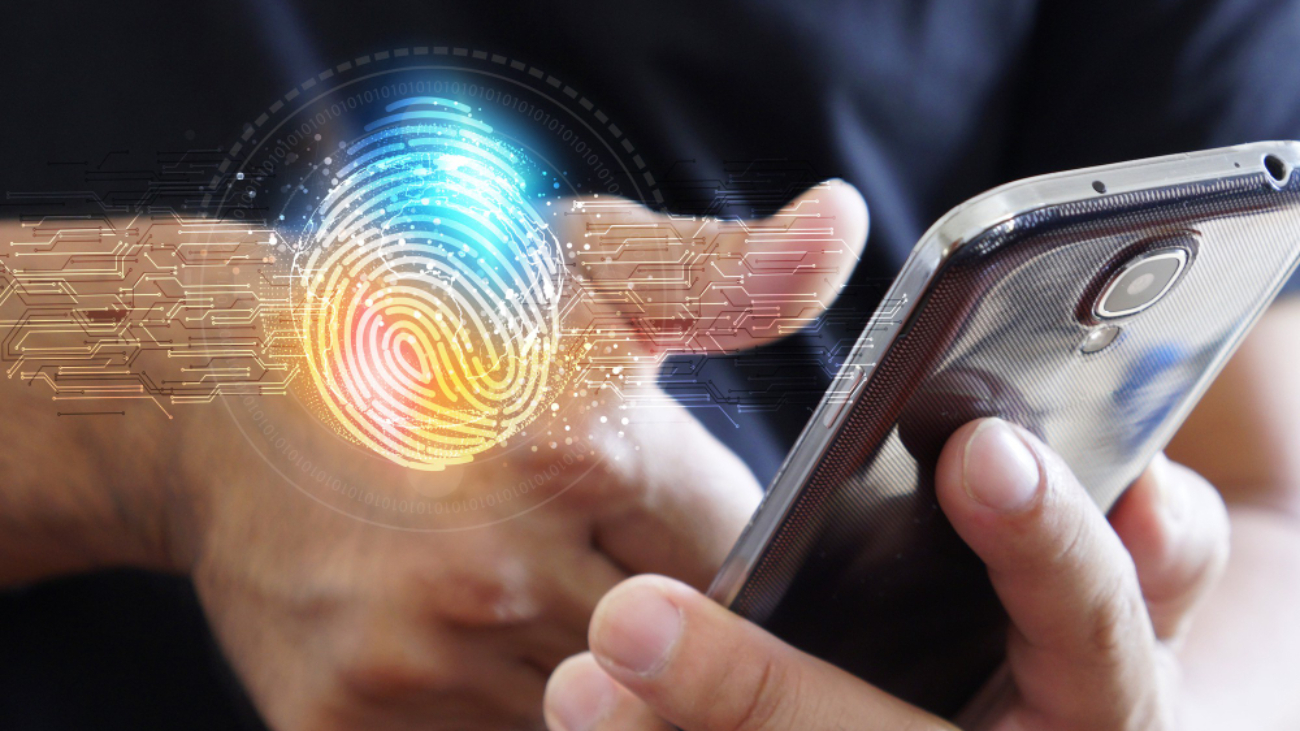Bahaa Abdul Hadi said that Apple revolutionized the use of facial recognition in mobiles by introducing Face ID on its iPhone X device. Once Face ID was introduced, Android mobile companies started to take facial recognition on mobiles more seriously.
Today, Apple continues to use FaceID and is implementing this technology effectively. But Android phones have failed to effectively implement facial recognition.
How it started?
It is believed that the Android phone giant pioneered facial recognition in the form of ‘Face unlock’ in its phone. This was introduced in the Android 4.0 OS. The system proved to be popular, but there were many concerns over its implementation. Facial hair growth or removing facial hair could cause problems for the recognition.
The company came out with the Android 4.2 Jelly bean update in 2013. They introduced a new security feature called ‘Liveness check’. This would ensure a real person could only unlock the phone and the person’s photo could not be used to trick the system.
The introduction of FaceID and the Android response
Facial recognition did not take off for Android until FaceID happened. Apple’s Face ID was revolutionary and completely different from Face unlock. The Face ID system used 30,000 dots to map the user’s face to create a 3D image. This made the system more secure and effective.
A Japanese company was the first to respond and came out with a pro version of its phone in 2018. This phone used a facial recognition system similar to Face ID. It also offered a fingerprint scanner. However, the system did not prove to be much effective.
Another android giant launched another face recognition phone in 2019 and the phone used advanced sensors for facial recognition. It used an IR camera with a dot projector and flood illuminator. It allowed better facial recognition and could do it much faster. This was made possible since the Soli radar system would anticipate when the user picked up the phone for authentication.
An interesting change happened within 1 year. The company had to scrap the entire system it had created. Incidentally, this coincided with the fall of Pixel as a brand.
What did the Android phone giant do?
The company was keener on its iris scanner system that it introduced in the most successful model of its phone in 2016. The system was not efficient and cumbersome to use. Subsequent phones dropped the iris recognition feature. They only used facial recognition. But unlike Face ID, they used only a 2D system for facial recognition.
It is sad that today no Android phone features a 3D recognition system. It remains to be seen if they can offer an alternative to Face ID as per Mr. Bahaa Abdul Hadi.
Thank you for your interest in Bahaa Abdul Hadi blogs. For more information, please visit www.bahaaabdulhadi.com







